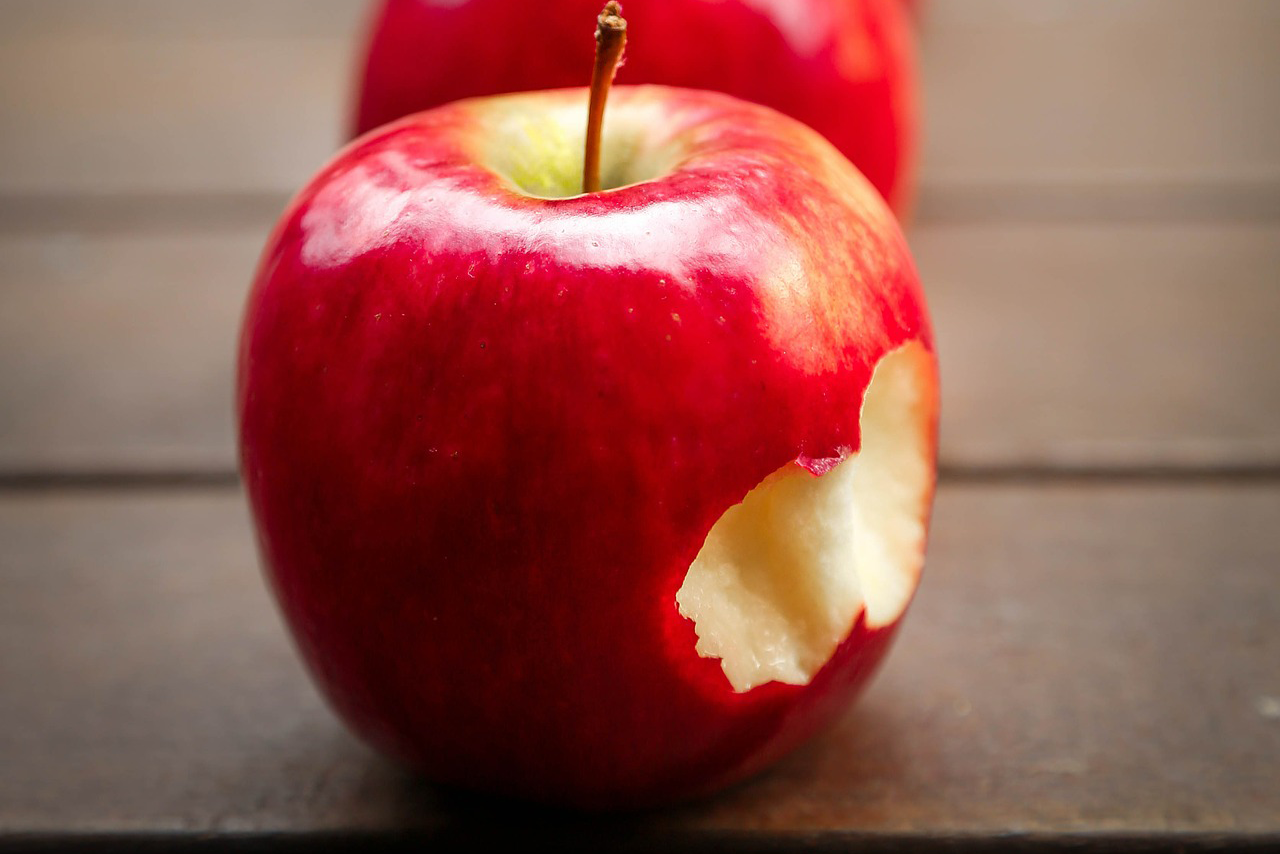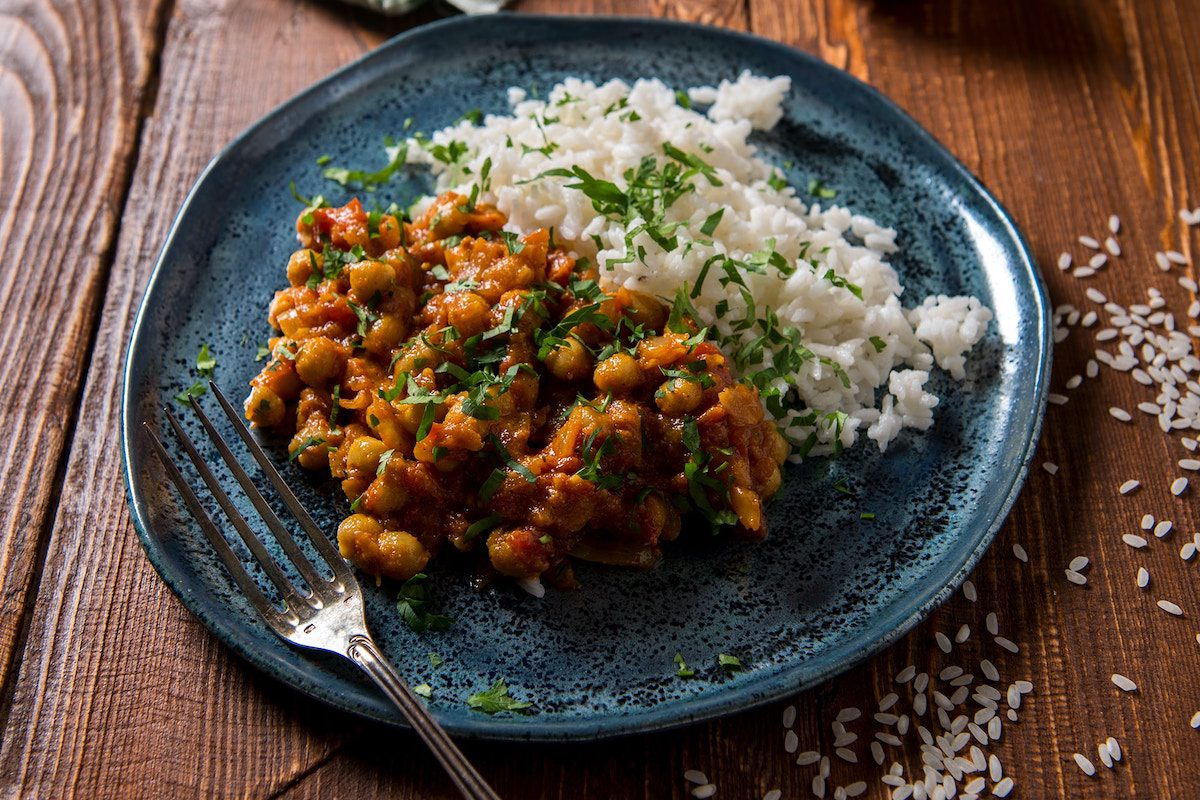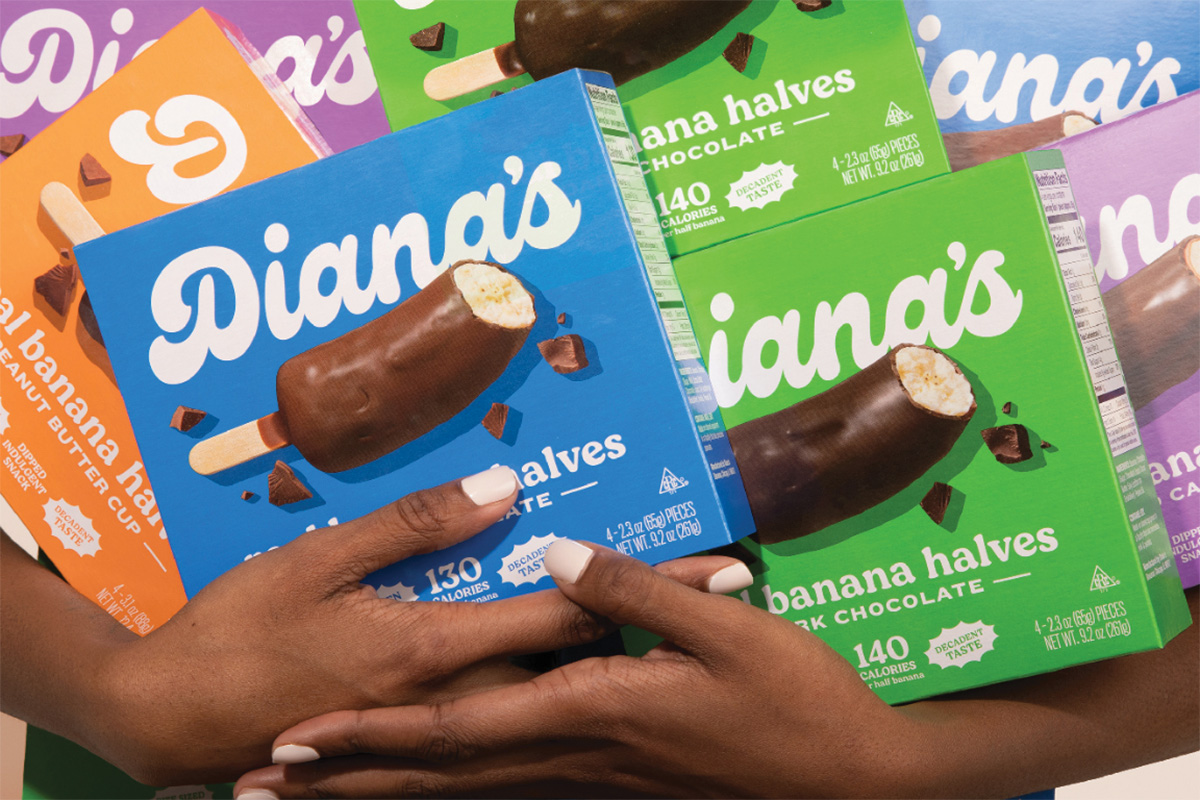The Power of Snacking
Hangriness is the enemy to good. –Tamara Rosin
I’ve been a habitual snacker all of my life. As one of the least picky people I know, my biggest food related problem has, in large part, had to do with learning to determine the best between-meal course.
Growing up, I was an energetic kid who regularly engaged in intense physical activity. Throughout middle and high school, I played for my school volleyball team in the fall and on club teams in the winter and spring. My summer days were largely spent running after my ceaselessly energetic campers at Park District day camps.
My energy output was so high I could basically consume as many snacks as I wanted. And this made me very happy. Nachos: check. Bagels: check. Granola bars: double check. Goldfish: Give them all to me.
However, something changed within me when I kissed my parents goodbye and went off to college at the University of Wisconsin in Madison in 2010. Maybe it was the plethora of cheese and beer that surrounded me, or maybe my fast metabolism was finally slowing down. Whatever the reason, I realized if I wanted to stave off any weight gain, I had to change my snacking practices. Pronto.
My first instinct was to cut out snacking altogether, but this was a critical mistake. As my friends and family can attest, hangriness is not an emotion I cope well with.
Feeling hangry, or to feel angry as a result of hunger, has been the cause of many conflicts I’ve experienced with others. I simply cannot control my temper when all I can think about is my growling stomach.
With all of my close relationships at stake, I quickly realized avoiding snacks was not the right solution for me. So I did some digging online for snacking best practices. Here’s what I’ve learned.
According to Mayo Clinic, eating healthy snacks in between meals can actually help maintain a healthy metabolism and contribute to weight loss. Diets that include snacks, such as the Mayo Clinic Diet, use between meal eating to manage hunger and reduce overeating at mealtime.
However, the type of snack you choose is a deal breaker. The best kinds are those that satisfy hunger quickly, hold you over until your next meal and add relatively few calories to your daily total.
It became quite clear to me that I needed to break up with my goldfish/bagel/cookie/nacho snacking regime, as these delectable items clearly did not meet these criteria.
Fruit and vegetables are the optimal snack, according to Mayo Clinic. This is true for several reasons. First, most fruit and vegetables are low in calories. They typically contain lots of water, which helps fill you up. They are also high in fiber. Because our bodies can’t absorb fiber, it passes through our digestive systems slowly, making you feel full longer, according to the Mayo Clinic. Fruit and vegetables are also rich in nutrients and low in fat.
The clinic also recommends aiming to make each snack 100 calories or less. Again, fruit and vegetables are winners in this category. Here are some examples:
- Medium apple: 95 calories
- Small banana: 90 calories
- Two kiwis: 84 calories
- 20 medium baby carrots: 70 calories
- 20 grapes: 68 calories
- Medium orange: 65 calories
- 20 cherry tomatoes: 61 calories
- Medium peach: 58 calories
- Medium red pepper: 37 calories
- 20 pea pods: 28 calories
Other great snacking options include popcorn, whole-grain crispbreads, hummus and nuts, according to Mayo. Two cups of air-popped popcorn are only 62 calories and contain nutrients, such as magnesium and potassium. Whole-grain crackers, such as Melba toast, are a good source of fiber and complex carbohydrates. Hummus is high in protein and contains the “good” fats — polyunsaturated and monounsaturated fats. Nuts, when eaten in moderation, are associated with decreased risk of heart disease and overall mortality, in addition to containing protein and healthy fats.
The key to snacking healthily is not tempting yourself with unhealthy foods. Instead of buying chips or sweets at the grocery store, keep your kitchen full of fresh fruits and vegetables. Switch up the variety every week so you don’t get bored with the selection, the Mayo Clinic recommends. Another trick is to prepare pre-measured snacks to ensure you don’t consume too much and stick to that 100-calories-per-snack goal.
Snacking is a way of life. Don’t deny yourself your mid-day snacks or risk becoming a hangry monster. Just snack smart.
1 thought on “The Power of Snacking”
Comments are closed.














This was a great article! I’m so glad you didn’t tell readers to cut out snacks! The right snacks can be a game-changer for fighting hunger and hangriness 🙂 I’m a big proponent of almonds, popcorn, raspberries and frozen grapes. Thanks for sharing your snack journey with aSweatLife!